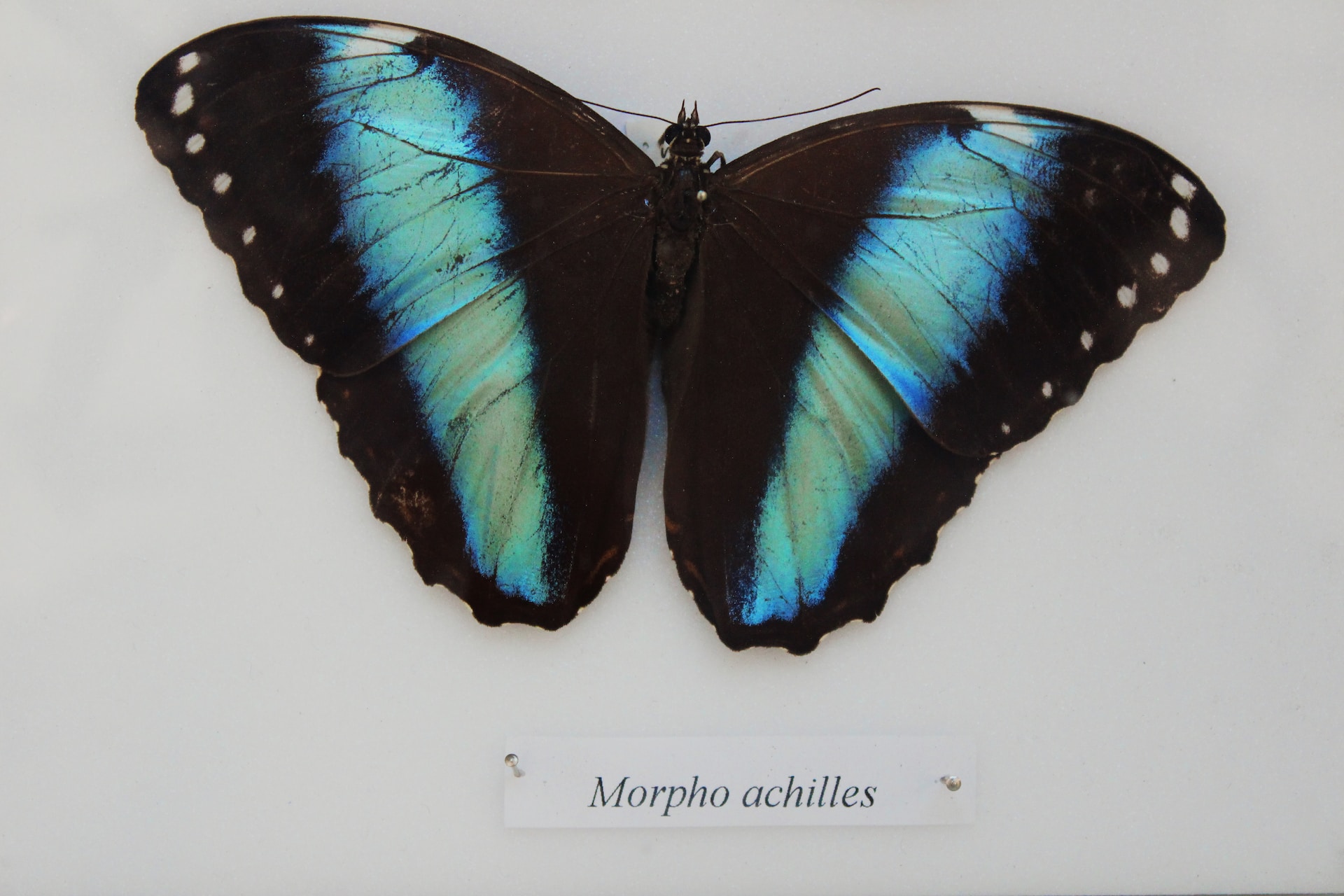by Molly McGill
It all started when the flowers died.
We were told for years it would happen, and the microplastics and deadly pesticides finally caught up with us. The last roses are hidden in the Chloris Green House away from public sight, while the rest of the world has forgotten their scent. Botanists promised the return of flowers when the soil was clean again. However, after everything, they were locked away forever.
Butterflies have a more varied diet than most people know. They need salts and amino acids that can’t be found in flowers and male butterflies have been known to feast on feces and the flesh of carrion for a balanced diet. If a butterfly has ever landed on you, they were trying to lick the salt from your skin.
So, when the flowers died, a large part of their diet was removed, and they turned to their macabre dietary alternative. The winged parasites found food in abundance in the new world, left to rot in the sun and ripe for the taking.
Soon it wasn’t unusual for the fresh corpses lining the streets to be adorned with fluttering, jewel-coloured wings. Ingesting the sweat from decomposing skin. It wasn’t a pleasant sight, but the world had bigger concerns.
We would just walk past a little faster, trying not to picture ourselves as butterfly fodder and carry on trying to survive. If we avoided looking at the dead faces, we could write them off as inhuman and if we covered our noses, we could almost avoid the smell.
But then the butterflies got the taste for human flesh, and everything got worse.
Molly McGill is a writer from County Derry, Ireland, and is the Fiction Editor for Sage Cigarettes Magazine. She has a bachelor’s degree in film studies and creative writing from John Moore’s University and has a passion for writing and reading weird horror fiction. She can be found on twitter @Night_TimeTea.



Love it! Love how the writer turned something presumably innocent and pure into this eerie sensation. 10/10